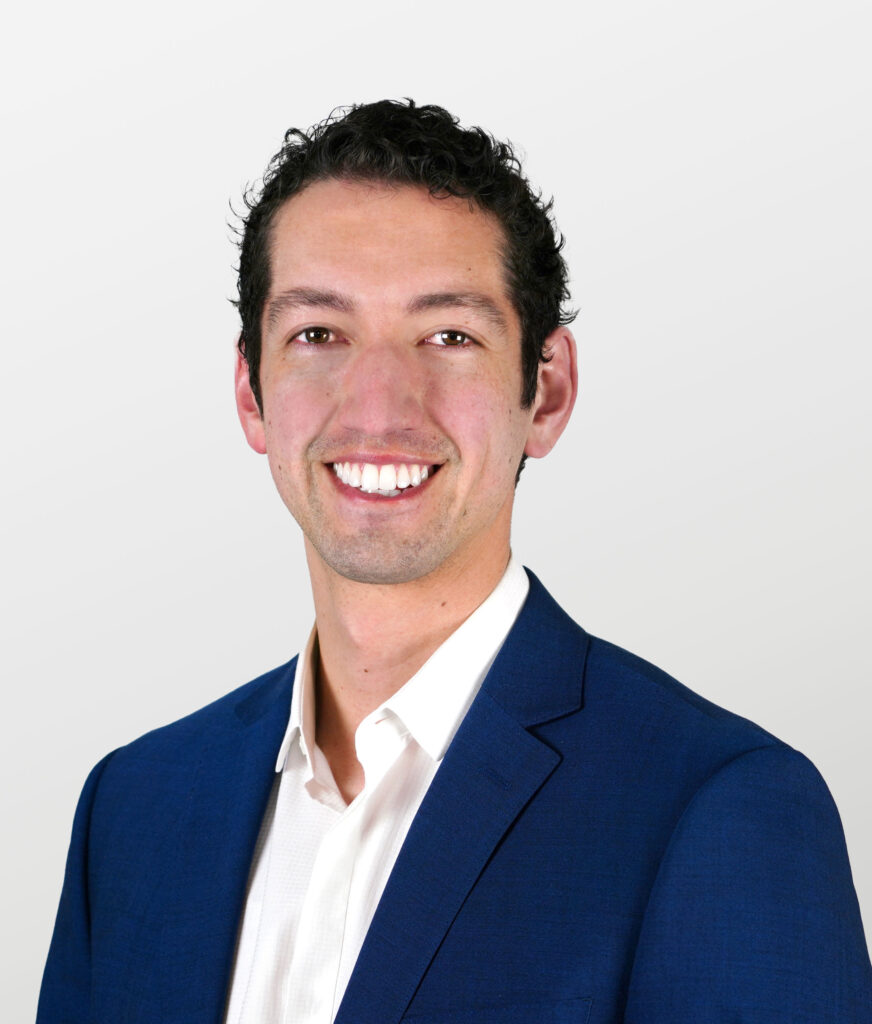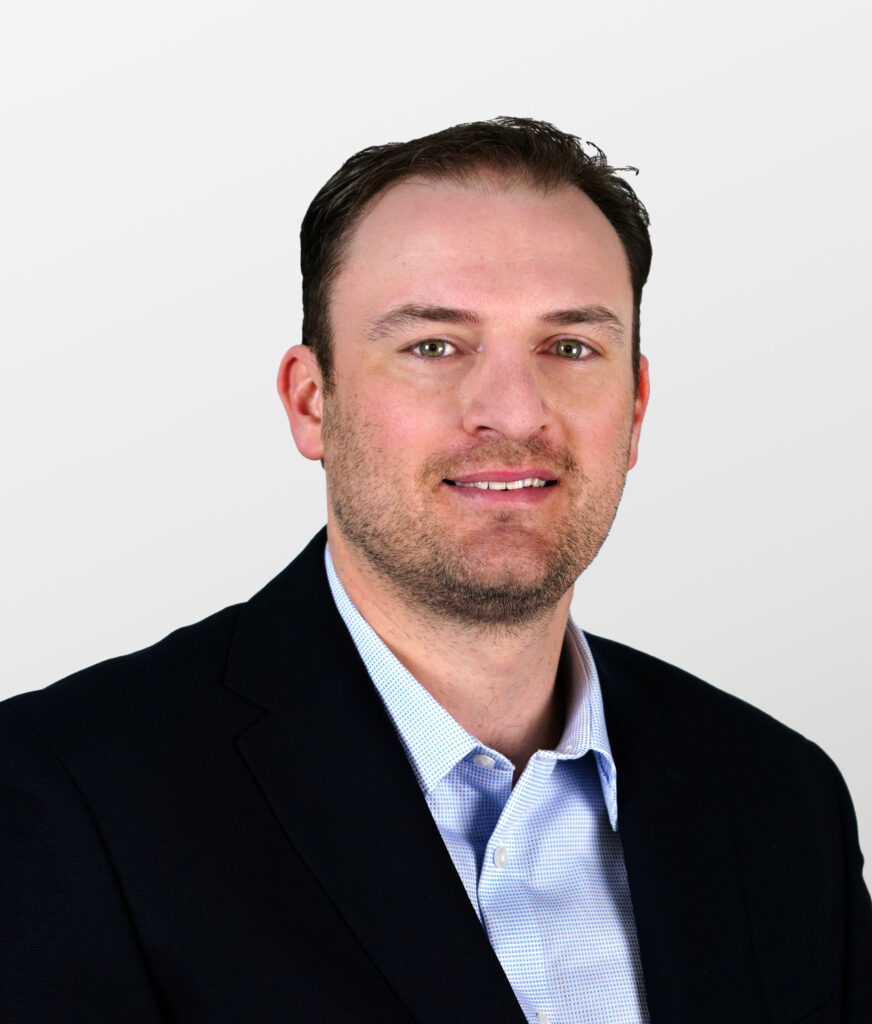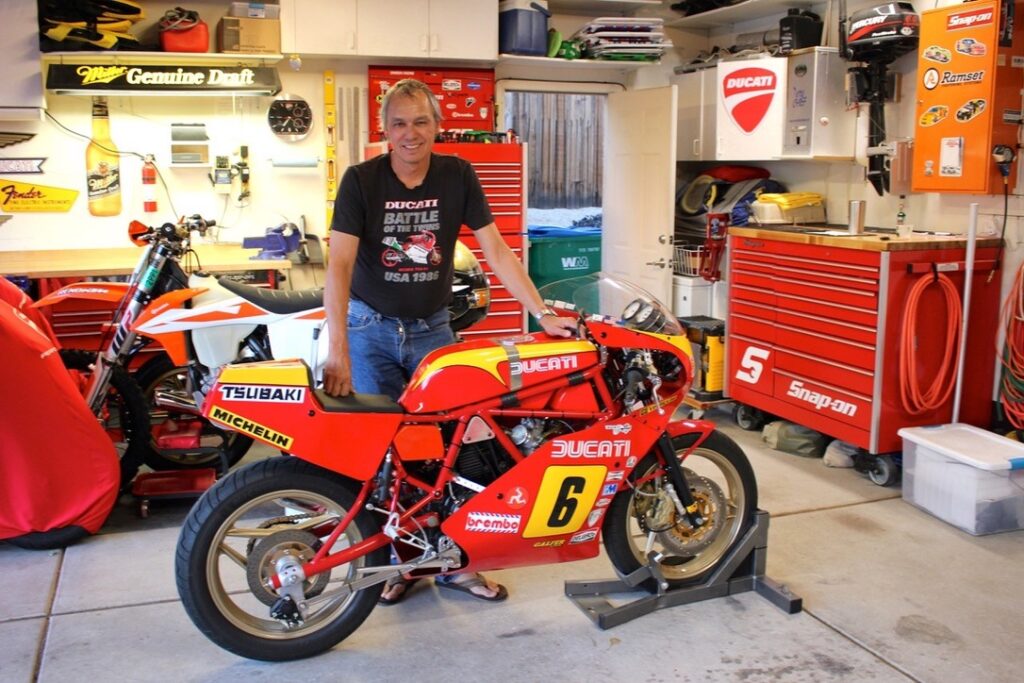Protect your building from the dangers of seismic activity with a cost-effective solution of a safer structure.
Reduce the swaying motion at the top of tall buildings that is caused by wind, along with other seismic events.
Create a safer structure by reducing displacement demands (from energy) produced by seismic and wind activity.
Our new Taylor Damped Moment FrameTM (TDMFTM) procedure decouples special steel moment frame design from the damper frame, allowing for easier analytical models, less guess work on damper properties, and smoothing coordination with Taylor Devices.
Originally developed for NASA in the 1960s, fluid viscous dampers have successfully transitioned into the civil engineering community. Adding damping to buildings can be used for a variety of applications including seismic events, strong winds, and pedestrian energy in protecting buildings, bridges and other structures worldwide. Learn more about how bridge and building dampers can provide a variety of solutions based on your type of structure. You can also read through our comprehensive damper manual or contact us today for more information or with any questions you may have.
This comprehensive manual is a guide for engineers with various levels of experience to take advantage of this technology to improve the dynamic performance of structures and to help save lives throughout the world.
When living in an area that is prone to earthquakes, extensive means must be taken in order to preserve structural integrity. Current building codes only require that a building should not collapse during a major earthquake, however, heavy structural damage is acceptable under the current building codes, even irreparable structural damage. Taylor Devices has a variety of building damper solutions that absorb energy of an earthquake, so the building doesn’t have to. Our dampers are maintenance-free and designed to reduce stress, deflection, and acceleration, protecting the structure and content. Learn more about each system below.
Base isolation systems reduce structural excitation by physically decoupling the structure from the ground. This type of solution requires that the entire structure be cut loose and separated from the foundation system and isolation pads inserted in between the two. By doing so, the building will be isolated from the movement of the ground during seismic events and can achieve 6 degrees of freedom. Adding dampers to this system improves the performance and effectiveness of the isolators.
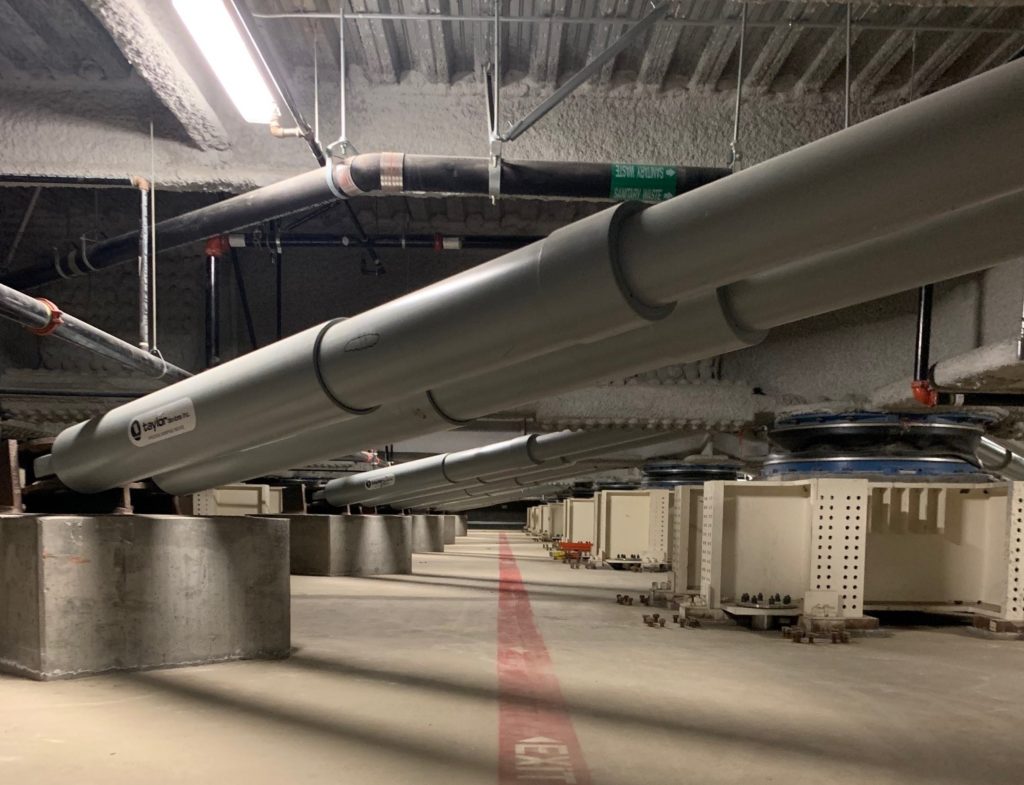
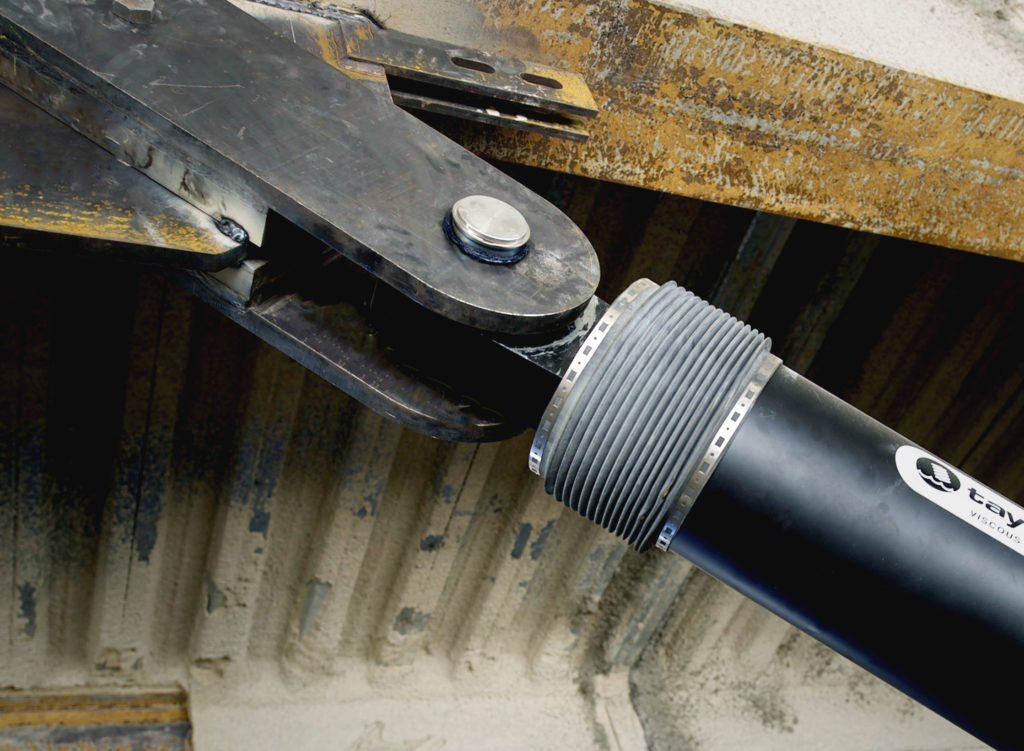
While many methods exist to implement distributed damping in a building, the underlying concept is to connect the fluid viscous dampers where motion will occur. This can include between beam and column joints or between floor levels, which deform relative to one another in a shearing-type motion. Some common configurations for building direct acting damping include open space, toggle brace, diagonal, and more.
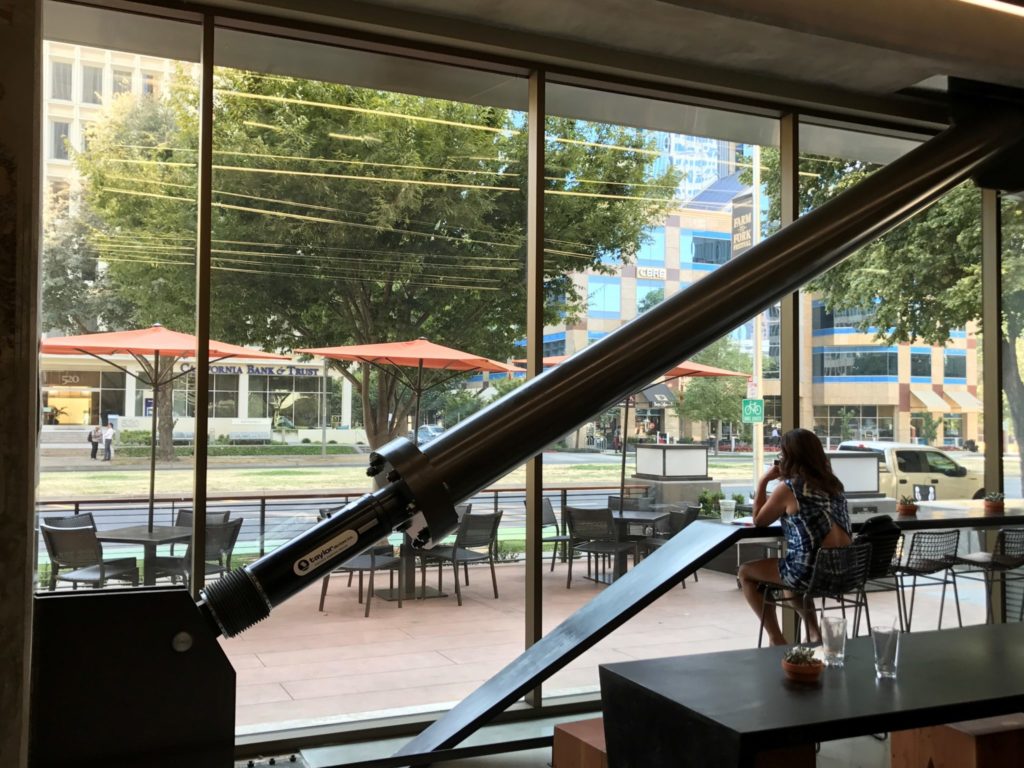
The use of energy dissipating devices to reduce building response from dynamic inputs has become an accepted design approach for high rise buildings. New approaches are continually being developed by designers as evidenced by the varied applications of viscous dampers, tuned mass dampers, and visco-elastic dampers. These damping solutions can be added to new buildings or used as seismic retrofits to existing buildings. Each of these building damper systems has its own idiosyncrasy and the optimal solution must be evaluated for the particular project under consideration. Read more about each solution below.
One method of adding damping in buildings is direct acting damping through the use of fluid viscous dampers. By adding these building dampers where motion can occur, the building can be better protection against energy inputs such as wind and seismic activity. Some common configurations for building direct acting damping include open space, toggle brace, diagonal, and more.
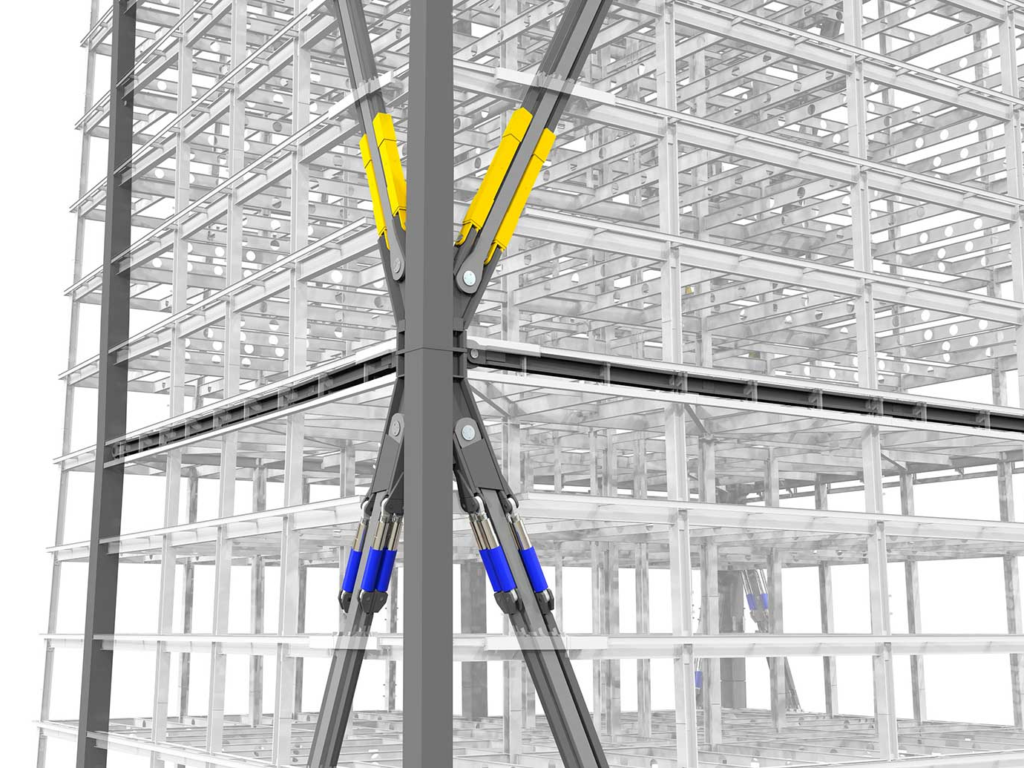
A damped outrigger system uses metal bellows dampers and is highly efficient in reducing dynamic movements from hazardous winds. This building damper system is based on the concept of total gross movement of the structure, applying vertical tension/compression forces into perimeter columns.
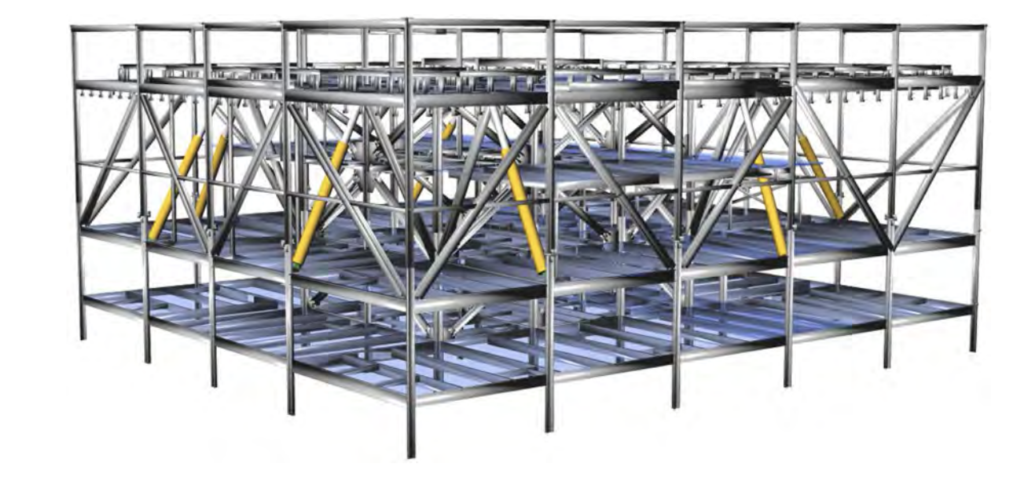
Tuned mass damper (TMD) systems have been incorporated into many structures and dynamic systems throughout the world. Taylor Devices manufactures viscous damping devices (VDDs) to accompany these large systems to effectively remove the energy from the system as it moves with the structure.
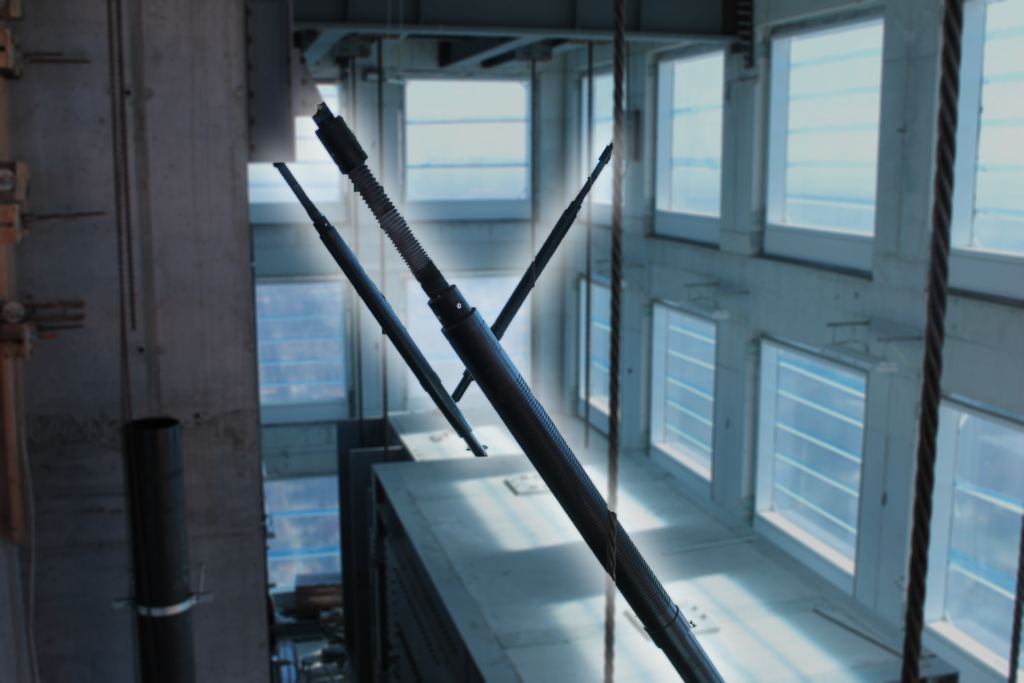
It is common practice today that structural engineers do not design their structures to remain fully elastic during a seismic event as in the past. Instead, they allow structures to experience plastic hinging (damage) in certain areas that are carefully detailed for this particular reason. Energy dissipation is achieved through hysteretic damping at these plastic hinges. This concept of ductile design leads in general to more economical designs provided that a certain level of safety is still maintained. Whether the goal is to reduce wind or seismic energy, Taylor Devices provides a variety of solutions for energy dissipation for safer and more cost-effective structures in the long run. Read more about each system below.
Similar to systems found in buildings, direct acting damping can be used in bridge applications to absorb wind, seismic, and pedestrian energy. Fluid viscous dampers are installed to provide damping into the system and, consequently, reduce force and displacement demands. A reduction or even elimination of structural damage as well as traffic loss could be achieved after a seismic event, yielding substantial economic benefits.
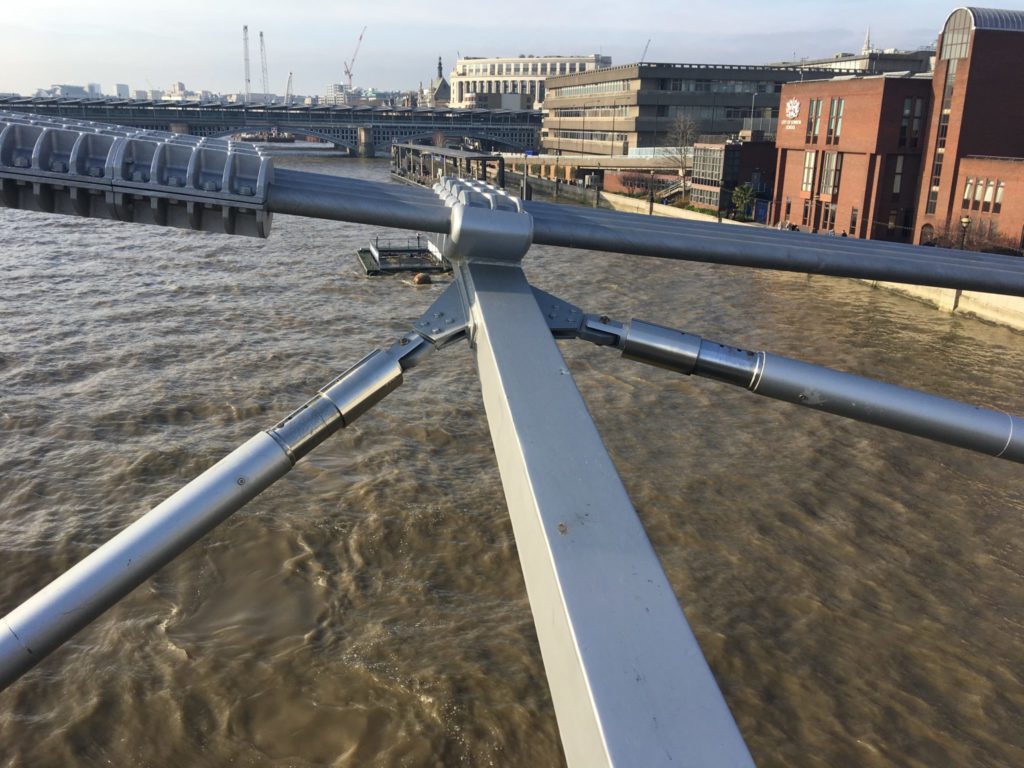
Lock up devices are used to limit relative motion between masses during a dynamic event, while providing free motion in the normal thermal movement mode. These devices act similar to how seatbelts can extend and retract when moved slowly, but lock up with sudden movement. Taylor Devices began using these devices to limit the relative motion of highway bridge sections under various types of transient motion, usually seismic in origin.
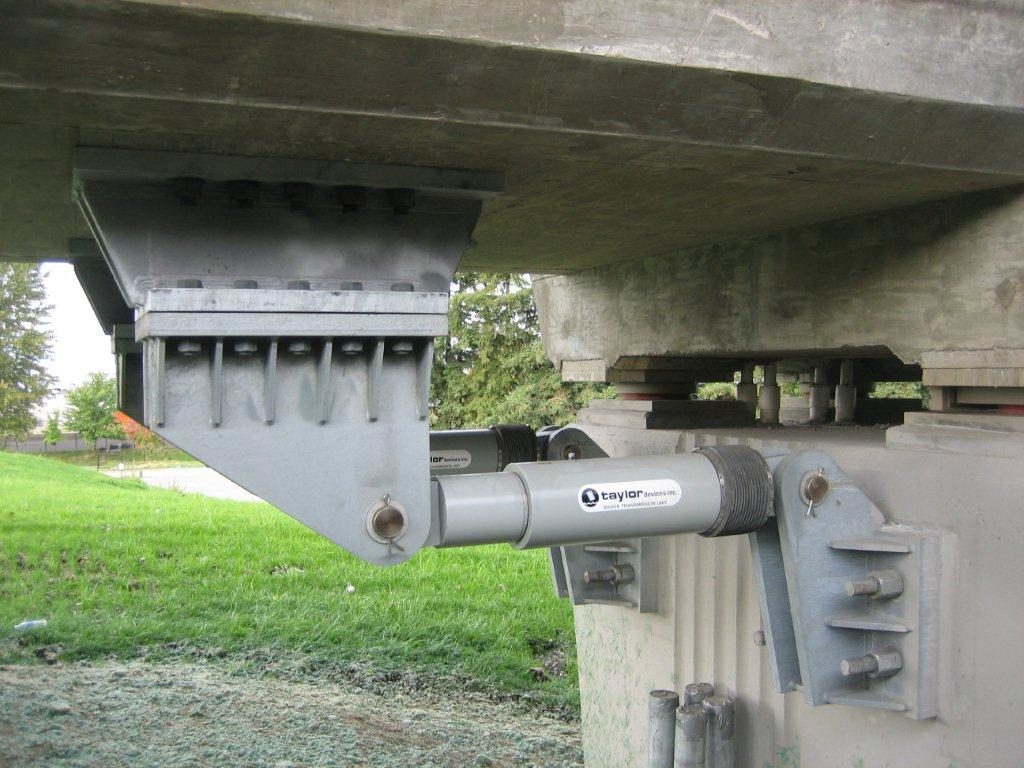
Similar to systems used in high rise buildings, tuned mass dampers (TMDs) for bridges will resonate out of phase with the bridge creating an opposing forcing function so energy can be dissipated by the dampers, and the bridge’s dynamic response is thereby improved. The only difference is that these TMDs are built at a much smaller scale, for much smaller input – typically pedestrian synchronized events.
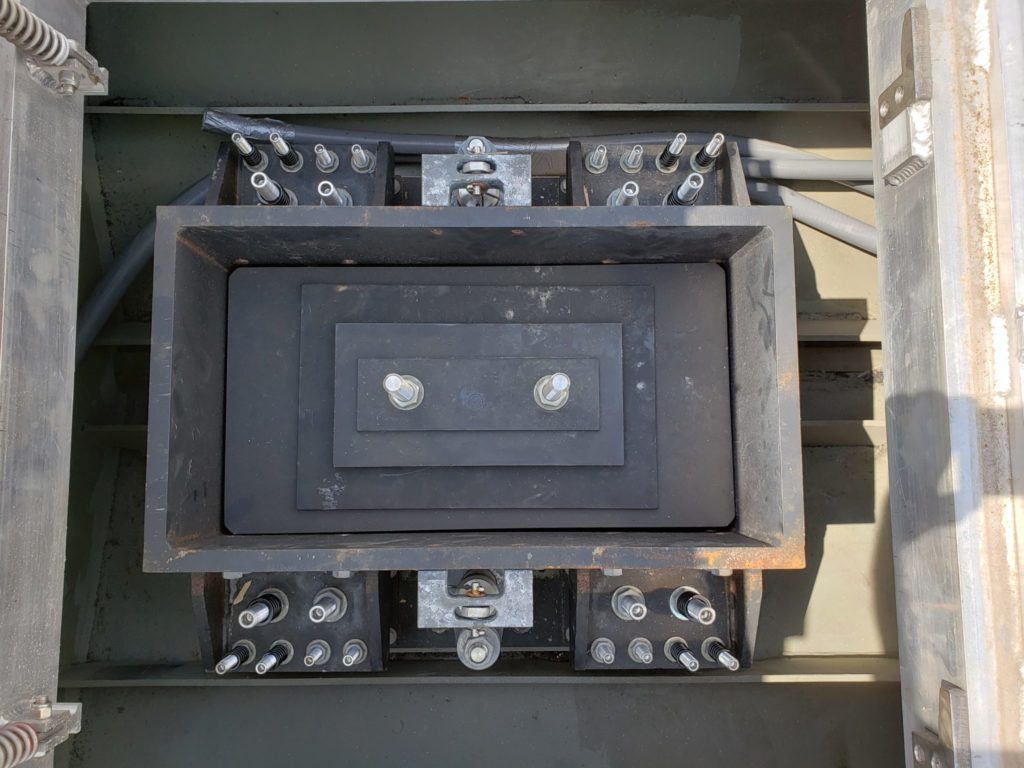
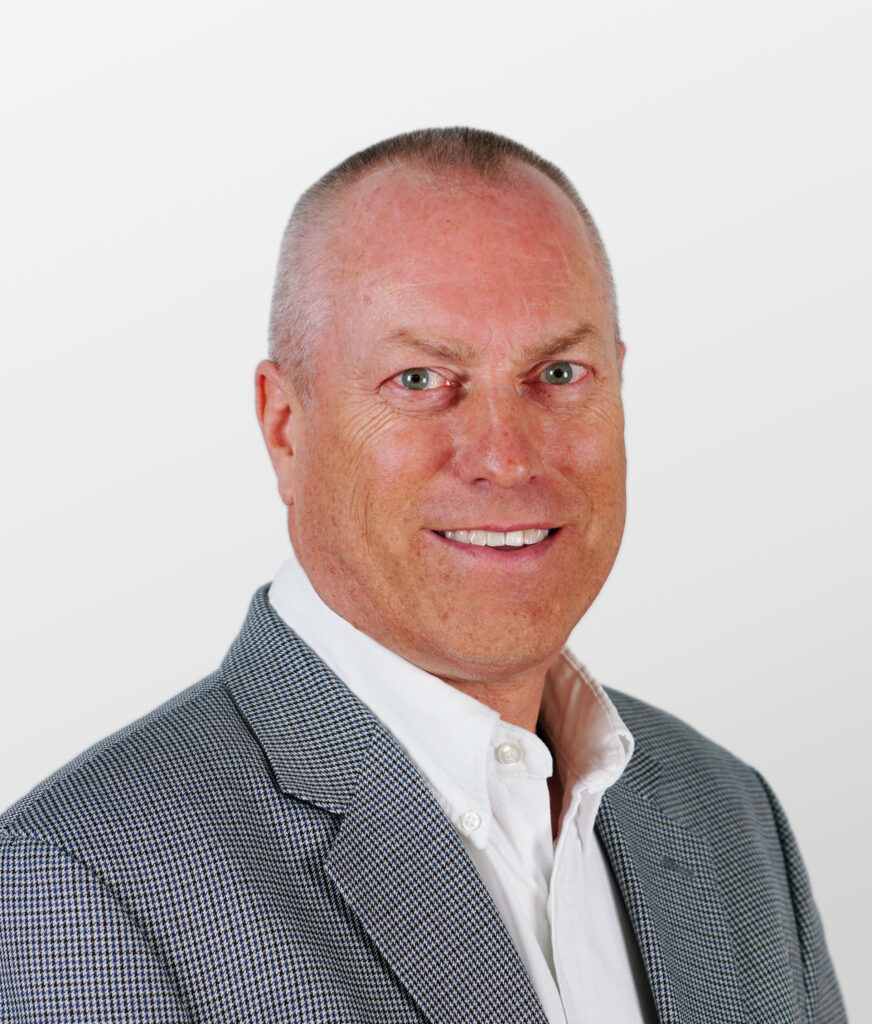
Program Manager – Structural Products
Running 5k and Half-Marathons, Snow-Skiing, Boating and Slalom Waterskiing, Mountain Biking, Hiking, Kayaking and Canoeing, Camping, Sport-Bike (Motorcycle) Riding, and Craft-Beer “tasting”. Winter weekends are spent coaching Downhill Ski Racing to youths.


